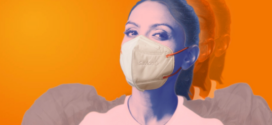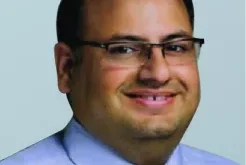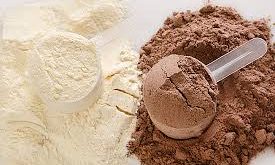One of the most essential aids at present – N95 or FFP2 S Mask, has been evolving for the past century to be what it is today.
Everybody must be a bit curious to know how did an advanced mask like N95 or FFP2 S mask come into existence?
Back in the day, a mask was just about doing away with foul odours and people used handkerchiefs or a piece of cloth to cover their faces. At the time, little was known about bacteria and viruses that could travel through the air and make people sick.
Doctors first wore surgical masks in the year 1897. They were more than just a pretentious piece of cloth tied around one’s face, however they were not designed to filter airborne sickness, just as surgical masks even today still don’t. Surgical masks were and are still used by medical personnel to prevent from coughing and sneezing particles onto the operating table or patients.
When a devastating epidemic swept through Northern China in the fall of 1910, the race to innovate an effective mask quickened. The pandemic killed everyone infected within 24 to 48 hours of the first symptoms. According to the records, nothing like this has ever been seen in modern times, and it reminded people of the Black Death. A scientific race was now underway to determine what was causing the epidemic and how to put an end to it. Lein-teh Wu, a Cambridge doctor with exceptional skills and knowledge, was brought in to assist in determining how to combat the disease. Wu based on his research and findings then created an advanced mask made of gauze and cotton for filtered breathing. As these masks protected users from bacteria during testing, the design proved to be a watershed moment. Furthermore, the design was well received by the general public because it was handmade, and the components used were cheap and widely available. By 1911, doctors, soldiers, and most ordinary citizens were all wearing them. Not only did this advanced mask aid to stop the spread of the plague, but also became a symbol of modern medical research confronting an epidemic head-on. When the deadly Spanish flu arrived in 1918, this very mask turned out to be a prominent tool in the fight against the spread of the flu.
Tsai, a Taiwanese American scientist worked on improving the safety offered by masks. In the 1980s, he pioneered a spray microfiber technology and later developed the technology to add a charge to the fibres. Previously, a particle flew through the mask maze, and it would commonly collide with fiber and become trapped. Tsai’s charged material was then adopted and used in masks in 1992 giving rise to the modern N95 mask (or FFP2 S) we know and use today. The N95s that we now wear are based on Wu’s design and and Tsai’s electrically charged filters. N95s or FFP2 S masks would not perform nearly as well if they did not have this electrostatic charge. The pores on an N95 mask are approximately 20 microns in diameter, making it breathable, whereas the Covid 19 virus has pore sizes of only 0.02 to 0.08 microns. The electrostatic charge eliminates the size mismatch attracting particles to the fibre and trapping them, thereby boosting the mask’s efficiency by tenfold.
When we think about Covid nowadays, the first thing that comes to mind is a mask. A BIS approved FFP2 S mask (considered comparable to N95) like Savlon provides protection from virus, dust, pollution, allergens and pollen (>= 0.3 micron). These masks provide 95% protection from particle aerosols >= 0.3 micron. These masks have electrostatically charged meltblown filters which provide advanced filtration compared to ordinary masks. These masks are also tested for comfort and skin compatibility. Savlon FFP2 S Masks are BIS Certified. Each batch undergoes rigorous testing on quality performance and efficacy as prescribed by BIS. By wearing a good quality, well fitted mask the effects of viruses, dust, pollution, pollen and allergens can be greatly reduced and can contribute to overall better health. Masks should be adopted as a lifestyle change. We have to continue practicing well-established health interventions such as wearing masks in public places especially in today’s time of heavy air pollution. Remember hygiene Sahi, toh health Sahi.
 Newspatrolling.com News cum Content Syndication Portal Online
Newspatrolling.com News cum Content Syndication Portal Online





